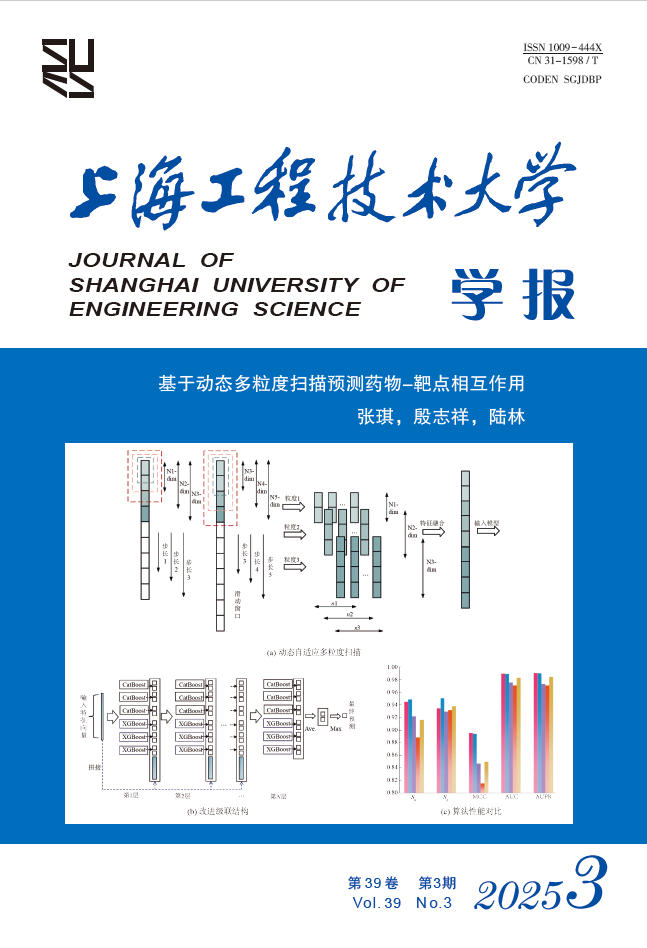2024 Vol. 38, No. 3
Display Method:
2024, 38(3): 231-239.
doi: 10.12299/jsues.23-0199
Abstract:
2024, 38(3): 240-249.
doi: 10.12299/jsues.23-0190
Abstract:
2024, 38(3): 250-256.
doi: 10.12299/jsues.23-0216
Abstract:
2024, 38(3): 257-263.
doi: 10.12299/jsues.23-0212
Abstract:
2024, 38(3): 264-271.
doi: 10.12299/jsues.23-0210
Abstract:
2024, 38(3): 272-277.
doi: 10.12299/jsues.23-0195
Abstract:
2024, 38(3): 278-283.
doi: 10.12299/jsues.23-0236
Abstract:
2024, 38(3): 284-290.
doi: 10.12299/jsues.23-0191
Abstract:
2024, 38(3): 291-297.
doi: 10.12299/jsues.23-0189
Abstract:
2024, 38(3): 298-303.
doi: 10.12299/jsues.23-0194
Abstract:
2024, 38(3): 304-312, 327.
doi: 10.12299/jsues.23-0193
Abstract:
2024, 38(3): 313-320.
doi: 10.12299/jsues.23-0227
Abstract:
2024, 38(3): 321-327.
doi: 10.12299/jsues.23-0197
Abstract:
2024, 38(3): 328-333.
doi: 10.12299/jsues.23-0022
Abstract:
2024, 38(3): 334-340, 348.
doi: 10.12299/jsues.23-0209
Abstract:
2024, 38(3): 341-348.
doi: 10.12299/jsues.23-0241
Abstract:




 Email Alert
Email Alert
 RSS
RSS
